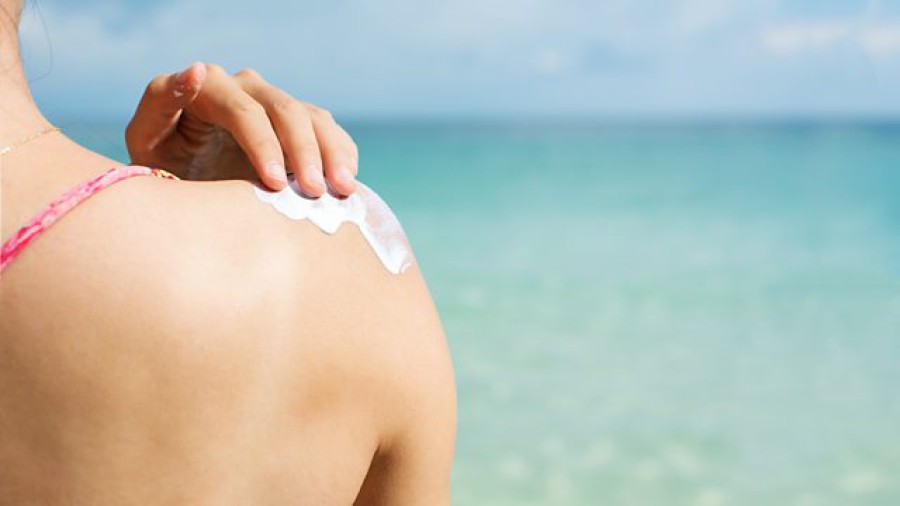Sun Allergy (Photosensitivity) Prevention and Treatment

An umbrella term for a variety of clinical conditions caused by the harmful effects of sunlight on the skin. Also known as Photodermatitis, it is characterized by the appearance of a skin rash that includes redness, itching, blistering, and swelling, especially on areas of the body that have been directly exposed to sunlight.
Damage to tissues and cells from oxygen and hydroxyl free radicals occurs after excessive exposure to the sun. This condition occurs in everyone, although it depends on skin structure and duration of exposure. Certain chemicals, such as certain medicines, perfumes, soaps, creams, or the leaves and herbs of certain plants, combine with sunlight to cause eczema-like skin itching.
Treatment
Although treatments vary according to clinical presentation, topical steroid creams and moisturizers are sufficient in mild cases.
Prevention
People with sun sensitivity should avoid spending time in the sun, especially between 09:00 and 16:00, when sunlight is very strong. You can protect yourself from the sun by wearing sunglasses, hats, and long, light-colored clothing. If you can't avoid contact with the sun, you should use sunscreen (with a sun protection factor of at least 30).
